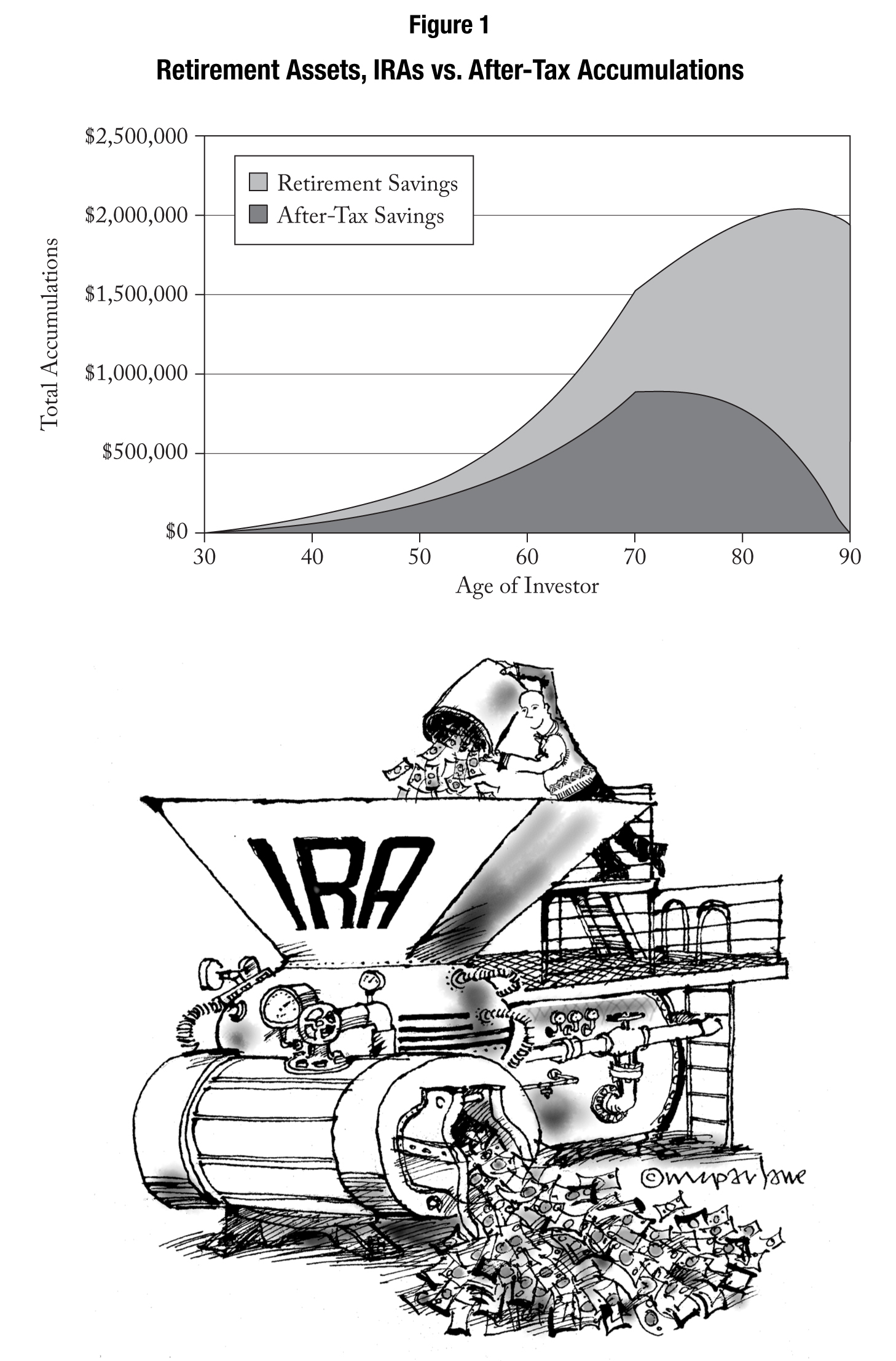2. Married couples who file separately are now allowed to make Roth IRA conversions.
Under the prior rules, married couples who filed separately were not allowed to convert to Roth IRAs (unless they have lived apart for more than one year). The rule changes in 2010 allow married couples who filed separately to convert to a Roth IRA.
3. You can make a partial Roth IRA conversion.
Making a Roth IRA conversion does not have to be an all or nothing decision. Although the rules surrounding partial conversions can be complex, a competent financial professional can help you understand the tax impacts and rules that govern converting some, all or none of your existing IRA to a Roth IRA. Like any other decision, all of the variables of your particular situation should be considered so you can make an informed decision. You should consider running the numbers for your situation to best determine the impact of making a full or partial conversion to a Roth IRA.
4. What is your age and time horizon?
Should you elect to convert to a Roth IRA, there is a 10% federal penalty on any withdrawal made within the first five years from that Roth IRA. Also, like with other retirement accounts there is a 10% federal tax penalty on any withdrawal made prior to the age 59 ½ (unless an exception applies). This needs to be factored in when making your decision as to whether or not you should convert all or some of your IRA funds to a Roth IRA.
An advantage of the Roth IRA is that investors over the age of 70 ½ are not subject to Required Minimum Distributions (RMDs) and therefore those investors who do not need to use the money to live off can continue to grow these funds tax-exempt. A qualified financial professional can help you map out, based on your age and time horizon, a strategy that is most likely to avoid or minimize the impact of penalties involved with Roth IRA conversions.




